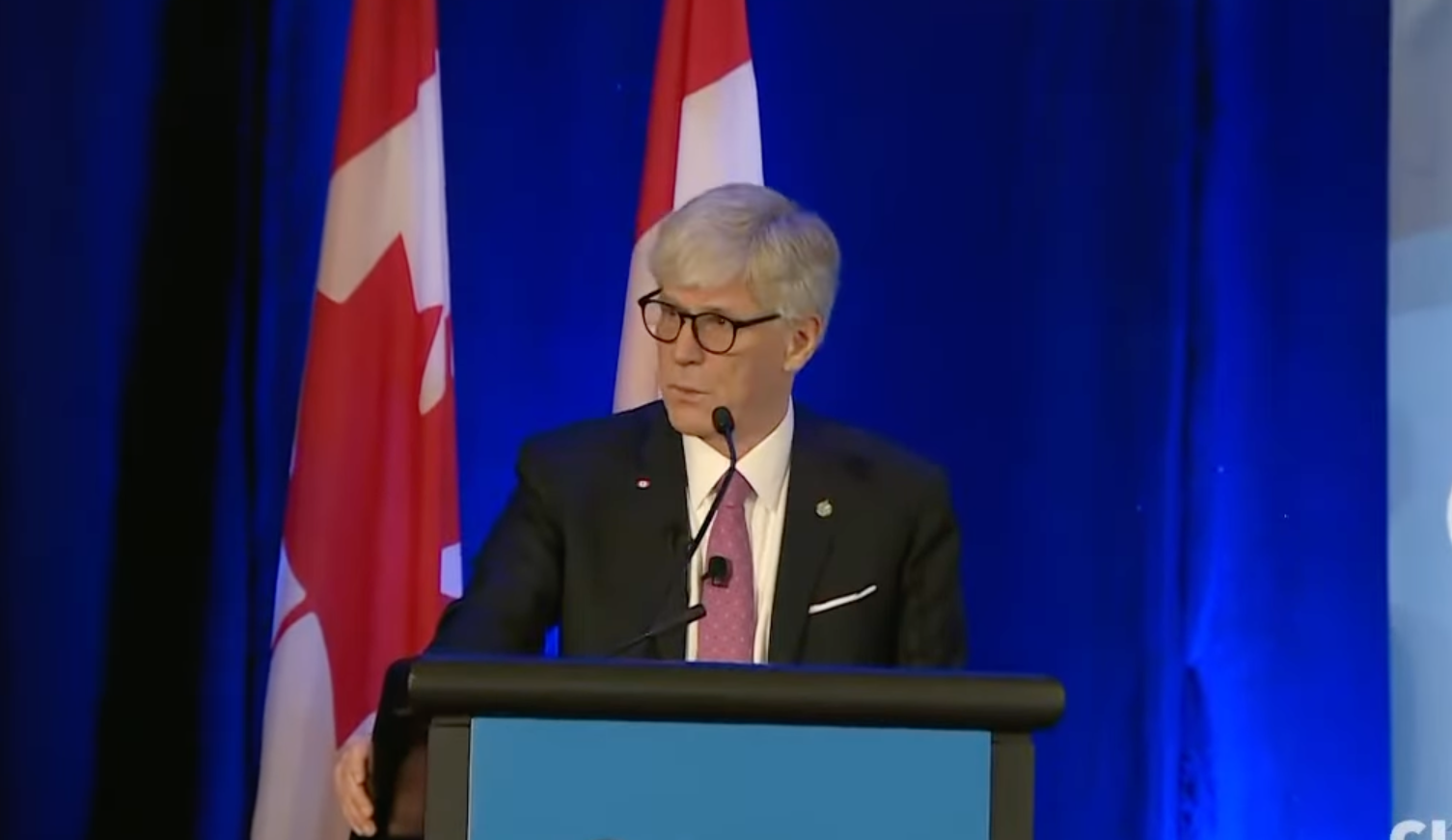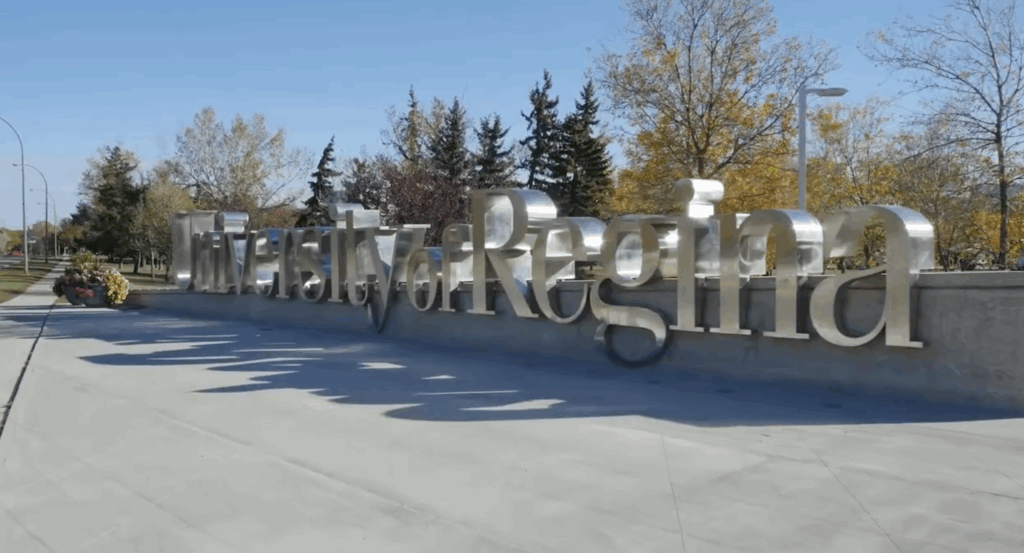Canada’s new energy minister Tim Hodgson is getting mixed messages from Pathways Alliance, the lobby group representing six of the largest oil sands producers.
On one hand, the members claim to be moving forward with a massive carbon capture and storage (CCS) proposal that will only become economically viable through billions in public subsidies and a steep price on carbon. On the other hand, Pathways recently called for an end to federal industrial pricing and prevailed in Alberta to freeze their carbon price at $95 per tonne, which was scheduled to increase to $110 in 2026 and $170 in 2030.
What does this move say about the commitment of oil sands companies to combating the climate crisis, and the viability of their proposed carbon capture hub?
It’s worth noting that Hodgson was previously on the board of MEG Energy – a member of the Pathways Alliance. Will Hodgson favour his former company at the expense of the taxpayer to finally make the Pathways CCS project happen?
Massive Money Loser
Industrial carbon pricing has been by far the most effective tool for reducing Canada’s carbon emissions, which have dropped 8 percent in the last 20 years. The obvious outlier is the Alberta oil sands, where emissions have balloon by 143 percent since 2005.
Pathways’ push to freeze Alberta’s industrial carbon tax is puzzling given that robust emissions pricing is central to the business case of CCS. How can companies profitably operate these capital-intensive operations involving sequestering 40 MT of CO2 per year without an increased value for earned carbon credits? Even before Alberta announced the freeze on carbon pricing, the Pathways project was looking like a massive money loser.
According to a recent report from the Institute for Energy Economics and Financial Analysis (IEEFA), the real-world costs to capture carbon dioxide and store it underground are climbing rapidly and already vastly exceed the current carbon price that Pathways apparently lobbied for. The IEEFA report found, “In Alberta, the cost to capture one tonne of CO2 at the two existing commercial-scale facilities in the province is rising substantially and likely exceeds the maximum federal carbon price of CAD$170 per tonne — a key indicator of future CCS project revenue thresholds.”
If Pathways is still serious about this project, why would they want to freeze the industrial carbon price at a level that is even more unprofitable? DeSmog reached out to emissions trading expert Dave Sawyer, who suggested that Pathways members may be trying to limit their bitumen production costs while hoping the taxpayer will pick up the difference on their CCS project.
“I think they believe that the federal government will pick up the rest of the difference,” suggested Sawyer, principal economist at the Canadian Climate Institute. “They can minimize the cost in their [production] facilities and Canadian taxpayers pick up the lion’s share of the project. I think that’s the logic.” Sawyer cites a constellation of tax credits and subsidies meaning that “there’s a lot of federal money and provincial money that could be thrown at this thing.”
Rather than freezing policy in the past, Sawyer believes important improvements are needed for Canadian industrial carbon pricing. For instance, carbon credits are not tradable between provinces, a shortcoming Sawyer described as “absolutely an interprovincial trade barrier and a competitiveness issue.”
A Timbit Per Barrel
While the listed carbon price is $95 per tonne, the privately traded prices for oil sands carbon credits between companies are likely closer to $27 in Alberta. This lack of price transparency is a big policy failing according to Sawyer, “there’s a bunch of handshake deals with absolutely zero insight on the price.” Those costs also only apply when companies cannot claim or earn carbon credits for practices even marginally above the industry baseline.
In practice, the average carbon compliance cost for bitumen extraction is typically about 40cents per barrel. This paltry amount is further reduced by 25 percent tax write-offs and royalty reductions meaning the actual cost is even less. Since most oil sands companies are making about $40 per barrel in profit, the industrial carbon price at $95 per ton represents only 1 percent of their profit margin, or according to Sawyer “a Timbit per barrel.”
So why are oil sands companies fighting so hard to avoid paying pennies per barrel if this could imperil their marquee $16 billion decarbonization project? Sawyer suggests the fixation on profits may be the reason action has been delayed for so long.
“Prime Minister Stephen Harper had a requirement in 2006 to move to a CCS standard for the oil and gas sector. We’ve been looking at this option for almost 20 years and it hasn’t happened”, said Sawyer. “I would say there’s something else at play. These are unproductive costs, right? You can’t, disperse to shareholders your retained earnings, if you’re spending it on carbon removal.”
Sawyer also points out that oil sands operators could have reduced emissions without a multi-billion-dollar mega project but haven’t done so. “CCS isn’t the only thing they could do. There are solvents, there’s electrification, there’s energy efficiency improvements. There are all kinds of stuff they can do to reduce their emissions, but we see in the data that they’re not reducing the emission intensity of their facilities.”
The rest of the oil and gas sector cut emissions 25 percent since 2005 while oil sands operations increased by almost threefold. It seems Canada’s biggest climate laggards are also the biggest public complainers, perhaps profitably so.
Is the Pathways Alliance serious about building their enormous carbon capture project, or just talking about it while they continue to make vast profits? Are they now hoping their former colleague Hodgson will help move matters in their favour? This unfolding story that could cost taxpayers additional billions on behalf of the oil patch is far from over.
Subscribe to our newsletter
Stay up to date with DeSmog news and alerts






